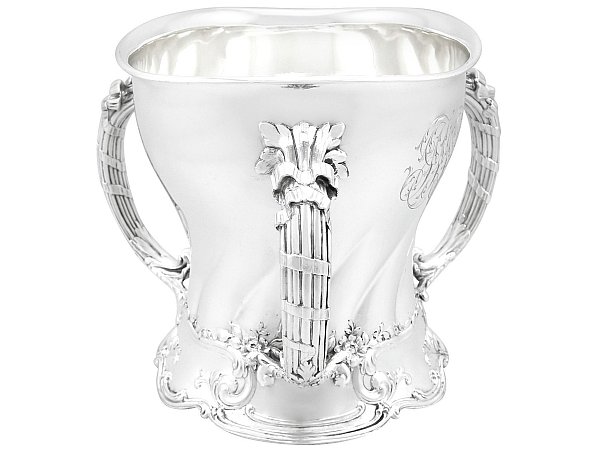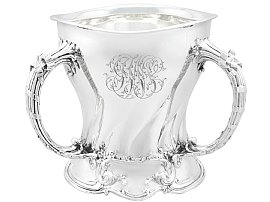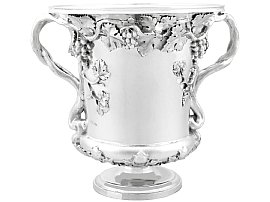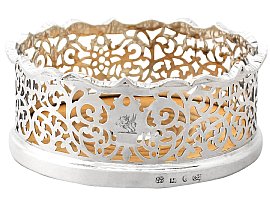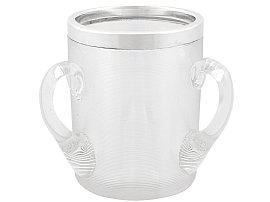The History of the Tyg
Among some of the oldest drinking vessel designs, the tyg has a history that originates in the Middle Ages. The structure of the tyg is emblematic of the communal cultures found in Anglo Saxon Britain.
What Is a Tyg?
A tyg is most plainly described as a drinking vessel with three or more handles. The handles separate the rim of the tyg, allowing multiple drinkers to use the same vessel. Some tygs had as many as nine handles. Shared vessels such as the tyg were popular throughout multiple historical periods, particularly during times of great poverty and struggle. Vessels that can be shared be a group are more economic, and hot beverages could be passed around a group with ease.
The tyg is sometimes referred to as a 3 handled loving cup as it shares multiple physical features as the loving cup, with the exception being its third handle. Tygs are also similar to the quaich, which is another vessel which is utilised in order to share beverages between allies.
Despite a significant presence and wide usage across multiple centuries, the tyg eventually became more of a trophy than a practical vessel. Many examples exist of miniature tygs manufactured at roughly 1/10 of the size of a full tyg. These were most likely used decoratively, given their intricate paintwork and dainty stature.
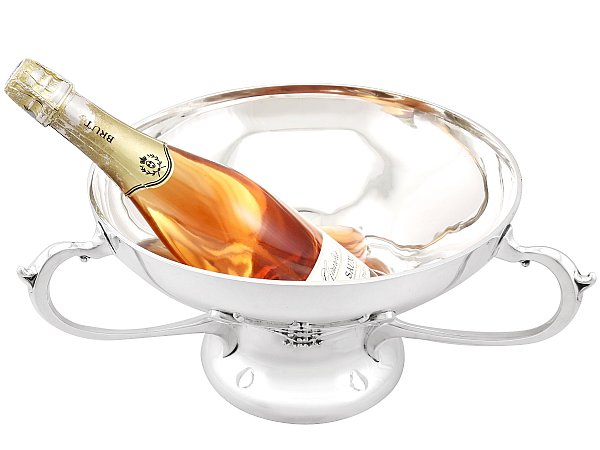
History of the Tyg
The earliest forms of the tyg emerged in as pieces of earthenware made from clay. The term ‘tyg’ itself finds its roots in the Anglo-Saxon word ‘tygel’, used to describe drinking vessels crafted from clay. These tygs were crafted around the country, although the majority of the oldest surviving examples are found in the Staffordshire area.
Although a lot of collectable tygs today are crafted from sterling silver and silverplate, most examples of tygs from the 15th – 17th centuries were earthenware clay creations.
Silver Tygs
Silver tygs were first created in the late 19th and early 20th centuries as the popularity of the tyg had a resurgence. They were largely created for decoration rather than practical use, and as such have been utilised as trophies and centrepieces. Some other common silver items such as silver porringers, match strikers (pictured right) and Christening mugs took the design elements from the tyg, having multiple handles in order to emulate this style.
